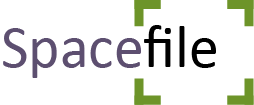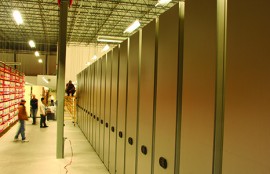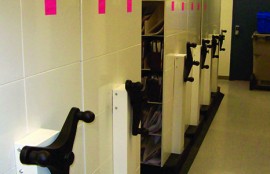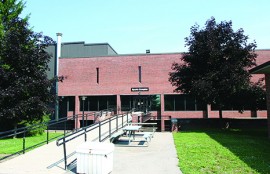Schools have a limited amount of space and funding to expand their classrooms, which are only getting smaller as the number of students increases. Educators need to maximize the space they do have in order to create an efficient (and fun) classroom.
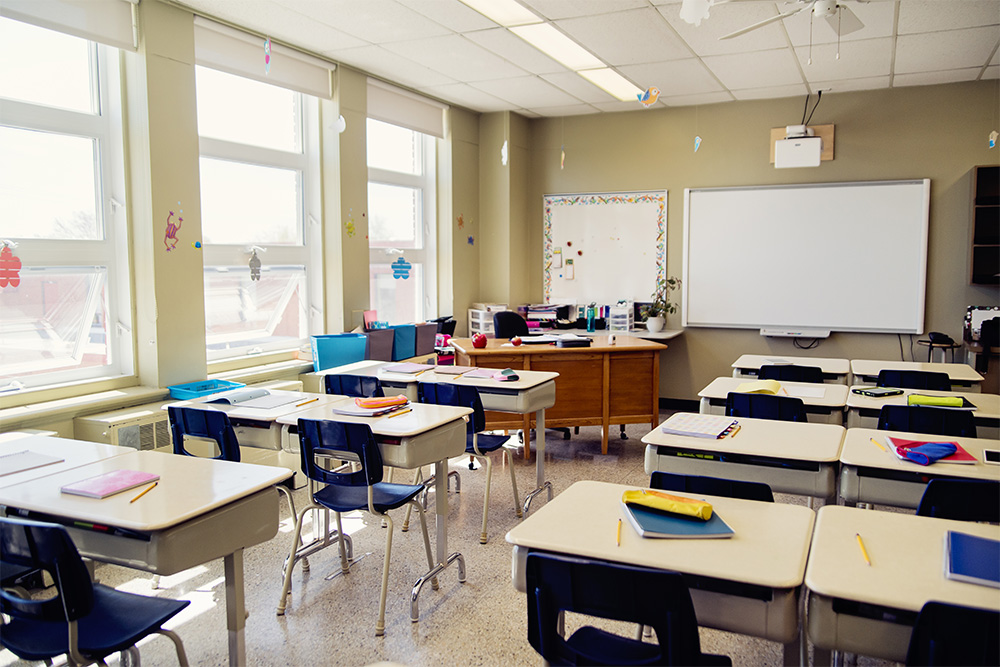
Tips to keep you organized during the school year
Here are a few ideas that teachers and other classroom professionals can use to save space and improve the look of the classroom (and help you stay organized).
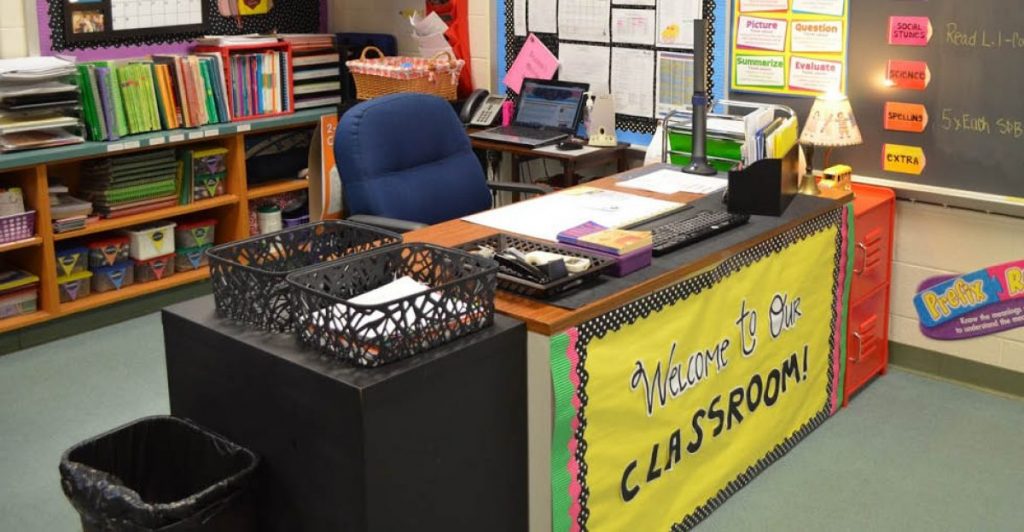
Teacher’s Desk-
First things first, work on your desk, the hub of the classroom. Position your desk so that you can see every inch of the classroom and try to keep items on your desk to a minimum. You want to be an example to your students about managing your workspace. After your desk is in place, organize your student’s desks. Keep a couple of things in mind… Do you want them in groups of four? Will the desks be in line?
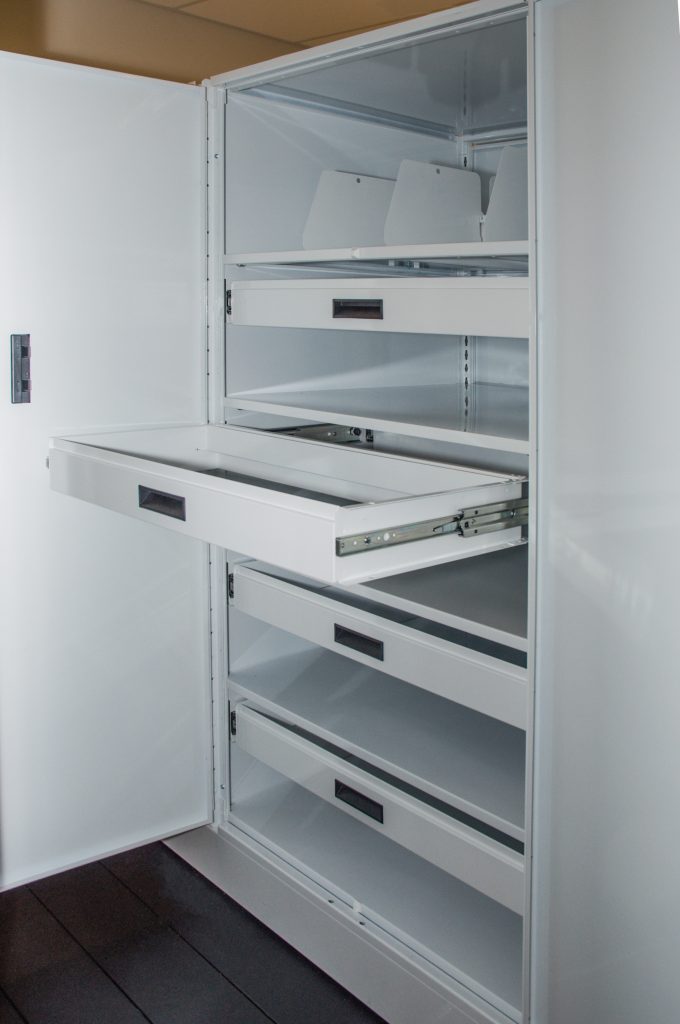
High-Density Mobile shelving-
For general supply shelving such as textbooks, art supplies, athletic gear, library books, sheet music, and more, high-density mobile shelving is the perfect solution. Classrooms, textbook rooms, and other storage areas in schools are often filled to capacity, but you can easily reduce the amount of floor space you use by getting rid of aisles between rows of shelving. This way, you can use only the space you need, when you need it.
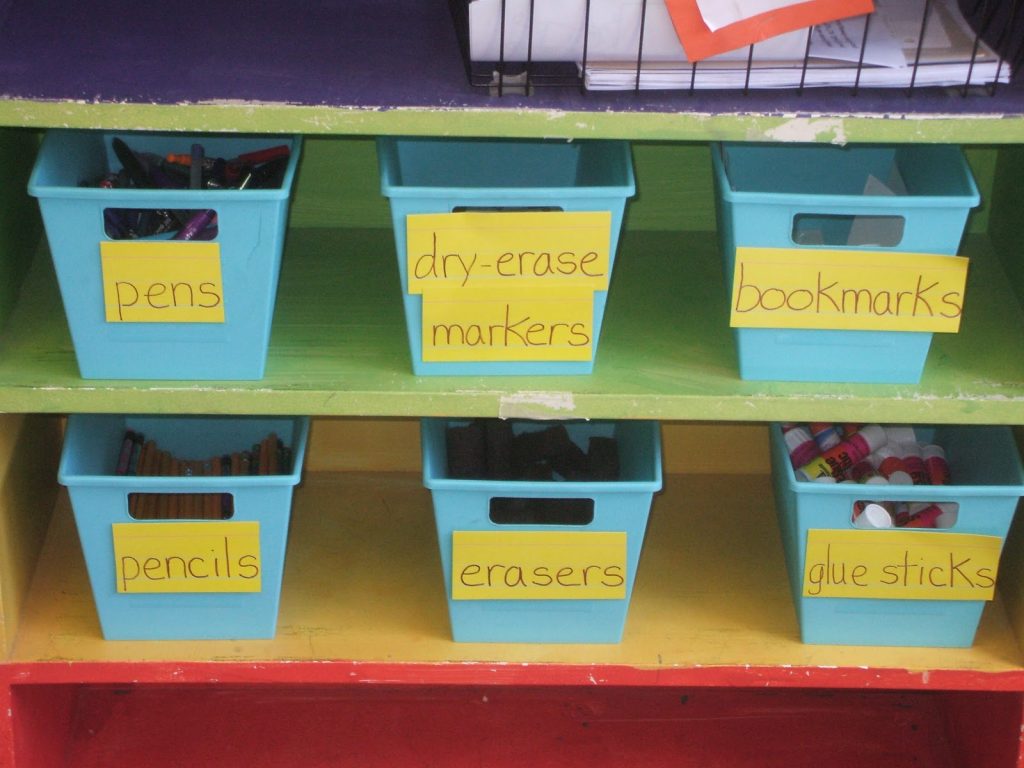
Use labeled storage bins to hold supplies on shelves-
Shelves can quickly become messy as books, supplies, and learning tools jumble together. Sort similar items together into storage bins. Label the bin with its purpose, and set the bins on the shelves. Remind students to put away their supplies in the proper bin.
- For example, you might have separate bins for scissors, paintbrushes, pencils, calculators, or different colors of paper. Store bins that contain dangerous items, like scissors, up high or behind your desk, especially if you teach younger children. Teach your students the proper way that these supplies should be distributed to avoid accidents.
- You can organize books like this as well. Organize bins by the subject, such as history or fiction, or with the reading levels of each book.
- You can get creative with what you use for storage bins, especially if you don’t want to spend much money. Jars work great for pens, pencils, markers, and paintbrushes. Shoe boxes can hold CDs, blocks, or calculators. It’s also a great idea to ask your administration for items that are available for your use. For example, there may be a teacher supply room that you can access or extra boxes available for use.
Teach students the classroom routine on the first day of class–
Involve students in daily classroom management. Show them where all of the supplies are located. Instruct them on how to follow the class rules, and ask them to put away their things before they leave.
- For example, you might say, “It is very important to put away your art supplies in the proper bin. If you’re not sure where it goes, ask me.”
- Emphasize to students that they should keep their desks and cubbies organized. Explain to them the importance of a clean work area. You might say, “It is easy to get work done if your desk is clean. Throw away any old papers. Remember, no gum in the classroom.”
Interested in learning more about high-density mobile shelving for your classroom? Contact us today!
